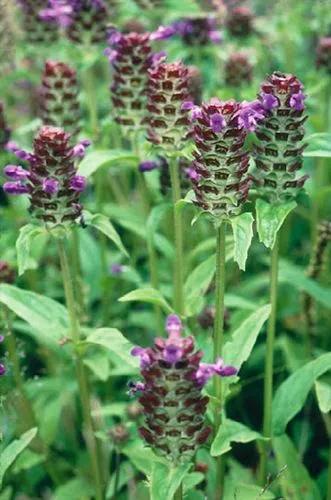Blue porterweed is a low, sprawling shrub with a subtle beauty. It is surprising to some that this native plant of the tropical south east is being cultivated for the best of gardens. It was considered a weed for so long. The leaves are attractive, crinkled and toothed. It is a perennial shrub that becomes woody toward the base of the stem as is grows to about one-year-old. Plants grow about 4-feet-tall by 6-feet wide before stems droop and touch the ground. Blue flowers, about a quarter-inch in diameter, are borne terminally on long, stringy spikes at the ends of the stems. Rich, dark green foliage displayed on square, green stems makes Porterweed a nice addition to any, sunny landscape. Porterweed is a prolific bloomer and it attracts a wide variety of butterfly. They all flock to drink its sweet nectar. More popular garden varieties are the ones with blue, purple, or coral blooms. Full sun and drought conditions have little effect on the plant. Propagation of this plant is easy, by putting any stem node in water or perlite for two weeks.
Brazilian-tea Care
Stachytarpheta Jamaicensis



How to Care for the Plant

Water

New plantings should be watered daily for a couple of weeks. After that, depending on the weather and soil type, watering can be adjusted to every two or three days. Clay soils hold moisture longer than sandy soils, so expect to water more frequently in sandy settings.

Pruning

Prune plants freely to maintain the desired size and shape. Pinching plants back stimulates dense, bushy new growth and encourages more flowers.Remove old flowers to keep plant looking healthy and prevent seed production that drains the plant’s energy at the expense of forming new flowers.

Fertilizer

Fertilizers are available in many forms: granulated, slow-release, liquid feeds, organic or synthetic. Determine which application method is best for the situation and select a product with a nutritional balance designed to encourage blooming (such as 5-10-5).

Sunlight

Sun to Part Shade

Soil

Fertile, well-drained soil.

Temperature

Lowest Temperature:40° to 50°F (4° to 10°C)

Popularity

587 people already have this plant 138 people have added this plant to their wishlists
Discover more plants with the list below
Popular articles






